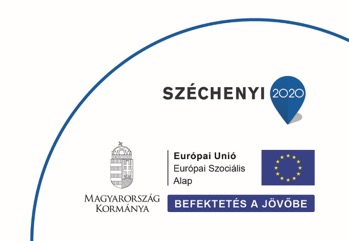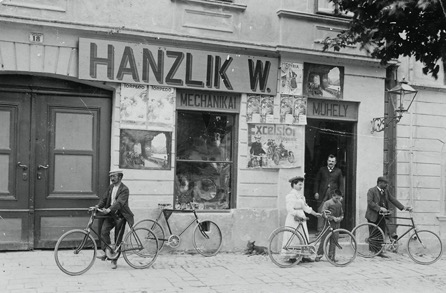The bike was first!
The bicycle, which appeared at the very end of the 19th century, soon became extremely popular, especially in the U.S. and the United Kingdom, especially among the top ten thousand, and soon after its invention became a status symbol of the urban aristocracy. In urban transport, the new device spread very quickly in Central Europe.
Then the cars came and everyone got in
However, with the advent of motorized vehicles, this situation changed from the 1910s to the 1920s. As explosive-powered cars became cleaner and more comfortable, more and more people at first, but soon later became available to the upper-middle class, switched more and more, changing the transport infrastructure both within cities and between settlements, almost completely. made cycling impossible. Within the cities, even wider motorways appeared than before, which further increased car traffic through the settlements. The streets turned into car parks, shops, boutiques and cafes disappeared from the side of the roads. The popularity of cycling has declined tremendously.
Bikes are growing in popularity again
Despite the infrastructural features, metropolitan bicycle use is growing rapidly: in Budapest, for example, it increased from an average of 11% to an average of 18% between 2010 and 2017, ie by about half, while the national average increased from 40% to around 44%. Bicycles are not seen primarily by women, men, the elderly, young people or people living in different settlements as a means of hobby or sport, but as a means of transport. Nationwide, in July 2017, “at least once in the last two weeks”, 48% of Hungarians used their bicycles for transport purposes, while only 16% used them for leisure purposes. The Hungarian population is potentially a really enthusiastic bicycle user.
Bicycle organizations, local governments, and the public administration have now become committed to the development of cycling infrastructure, which is supported by several local governments and state development strategies and programs. According to BKK, the capital’s main cycling network (ie the differentiated roads that cyclists can use, regardless of their type and quality) expanded from 160 km in 1998 to 243 km by 2014, and the national cycle path network was about 4,000 kilometers. in the same year.

Build cycling communities!
The “Drive Together!” The initiative, noted by the Southern Great Plain Youth Association, focuses on whether infrastructure development is sufficient or whether it must be accompanied by social and community development in order to maximize the number of cyclists. Likewise, the key question is how to develop urban communities based on the growing popularity of cycling. Cycling-centered community building for young people can also be a means of activating young people, contributing to their social and labor market integration, and having a strong attachment to their company to find their place in the region. The project thus develops an innovative package of services that can be used to help create and actively operate small bicycle-based communities.
For more information on the project, visit its website:


